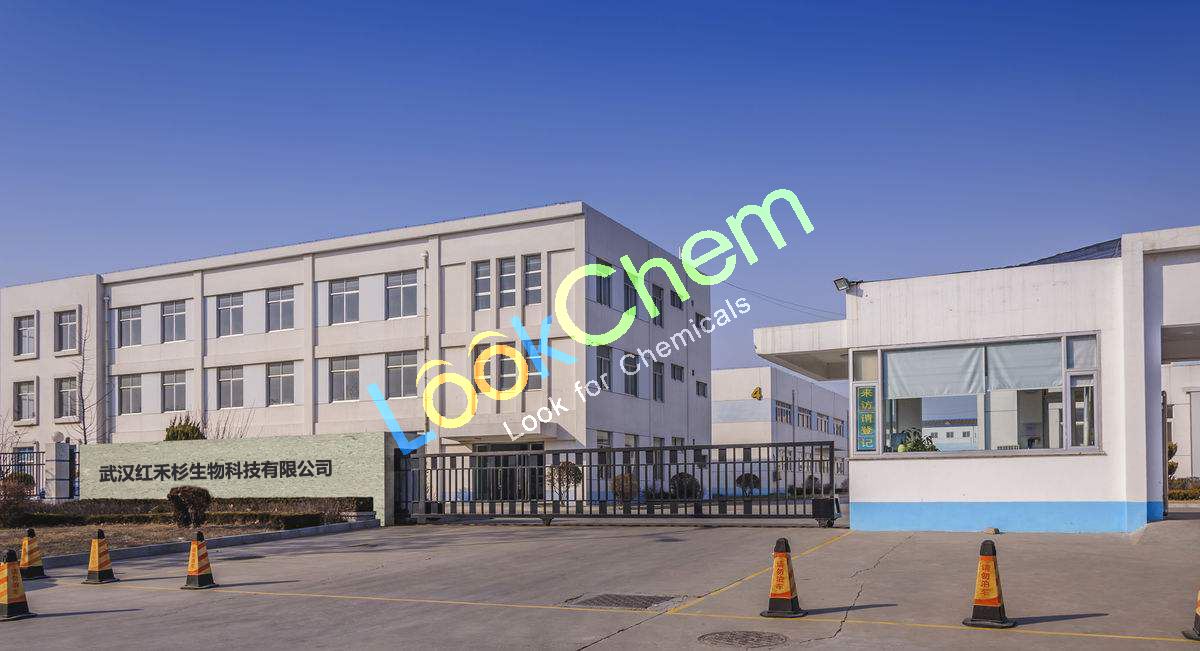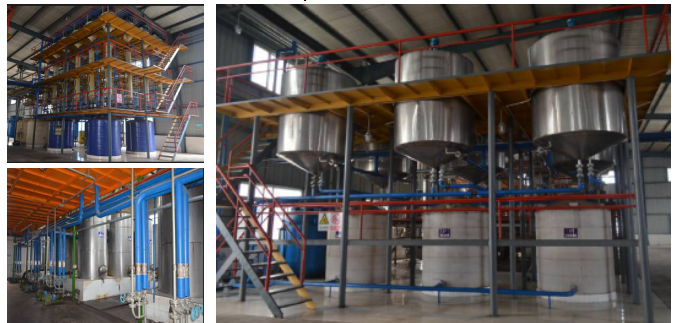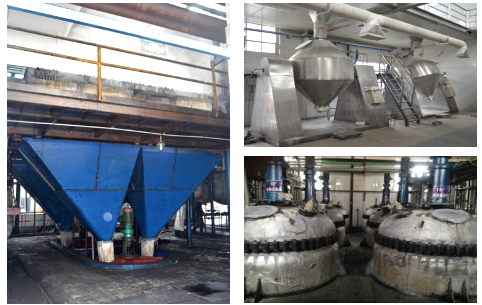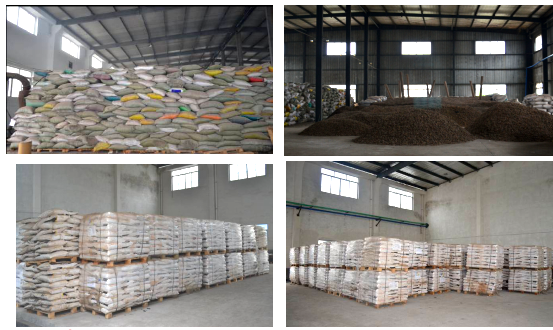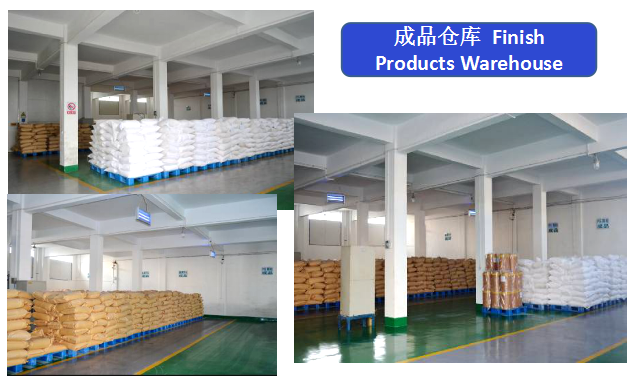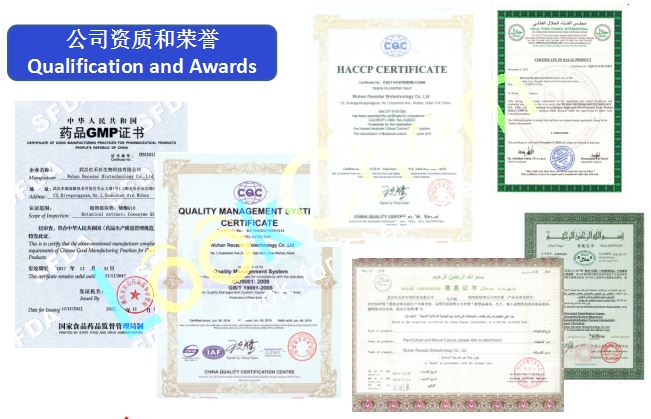Sulfamethoxazole
【Product Name】
4-Amino-N-(5-methyl-3-isoxazolyl)benzenesulfonamide
【Synonyms】
3-(p-Aminophenylsulfonamido)-5-methylisoxazole
5-Methyl-3-sulfanilamidoisoxazole
Benzenesulfonamide, 4-amino-N-(5-methyl-3-isoxazolyl)
Gantanol
N(1)-(5-Methyl-3-Isoxazolyl)sulfanilamide
Sulfamethalazole
【CAS】
723-46-6
【Formula】
C10H11N3O3S
【Molecular Weight】
253.28
【EINECS】
211-963-3
【RTECS】
WP0700000
【RTECS Class】
Tumorigen; Drug; Human Data
【Merck】
12,9086
【Beilstein/Gmelin】
226453
【Beilstein Reference】
4-27-00-04685
Physical and Chemical Properties Back to Contents
【Appearance】
Crystals or white powder.
【Solubility in water】
Soluble
【Melting Point】
179
【Boiling Point】
482
【Vapor Pressure】
2E-9 (25 C)
【Density】
1.4777 g/cm3 (25 C)
【pKa/pKb】
5.81 (pKa)
【Partition Coefficient】
.89
【Heat Of Vaporization】
47.7 kJ/mol
【Usage】
Medication.
First Aid Measures Back to Contents
【Ingestion】
DO NOT INDUCE VOMITING. If the victim is conscious and not convulsing, give 1 or 2 glasses of water to dilute the chemical and IMMEDIATELY call a hospital or poison control center. Be prepared to transport the victim to a hospital if advised by a physician. If the victim is convulsing or unconscious, do not give anything by mouth, ensure that the victim's airway is open and lay the victim on his/her side with the head lower than the body. DO NOT INDUCE VOMITING. IMMEDIATELY transport the victim to a hospital.
【Inhalation】
IMMEDIATELY leave the contaminated area; take deep breaths of fresh air. IMMEDIATELY call a physician and be prepared to transport the victim to a hospital even if no symptoms (such as wheezing, coughing, shortness of breath, or burning in the mouth, throat, or chest) develop. Provide proper respiratory protection to rescuers entering an unknown atmosphere. Whenever possible, Self-Contained Breathing Apparatus (SCBA) should be used.
【Skin】
IMMEDIATELY flood affected skin with water while removing and isolating all contaminated clothing. Gently wash all affected skin areas thoroughly with soap and water. If symptoms such as redness or irritation develop, IMMEDIATELY call a physician and be prepared to transport the victim to a hospital for treatment.
【Eyes】
First check the victim for contact lenses and remove if present. Flush victim's eyes with water or normal saline solution for 20 to 30 minutes while simultaneously calling a hospital or poison control center. Do not put any ointments, oils, or medication in the victim's eyes without specific instructions from a physician. IMMEDIATELY transport the victim after flushing eyes to a hospital even if no symptoms (such as redness or irritation) develop.
Handling and Storage Back to Contents
【Storage】
Commercially available sulfamethoxazole tablets and oral suspension should be protected from light and stored at a temperature less than 40C, preferably between 15-30C; freezing of the oral suspension should be avoided.
【Handling】
All chemicals should be considered hazardous. Avoid direct physical contact. Use appropriate, approved safety equipment. Untrained individuals should not handle this chemical or its container. Handling should occur in a chemical fume hood.
Exposure Controls/Personal Protection Back to Contents
【Personal Protection】
Chemical splash goggles in compliance with OSHA regulations are advised; however, OSHA regulations also permit other type safety glasses. Whre chemical resistant gloves. To prevent repeated or prolonged skin contact, wear impervious clothing and boots.
【Respirators】
Wear a NIOSH-approved half face respirator equipped with a combination filter cartridge, i.e. organic vapor/acid gas/HEPA (specific for organic vapors, HCl, acid gas, SO2 and a high efficiency particulate filter).
【Exposure Effects】
headache, depression, and hallucinations have been reported with therapeutic use of sulfonamides. Coma and seizures were reported following a large overdose of sulfasalazine in one patient. Tremor occurred in one patient following a fixed-dose combination of trimethoprim/sulfamethoxazole.
Fire Fighting Measures Back to Contents
【Flash Point】
245
【Fire Fighting】
Fires involving this compound should be controlled with a dry chemical, carbon dioxide or halon extinguisher.
Accidental Release Measures Back to Contents
【Small spills/leaks】
If a spill of this chemical occurs, FIRST REMOVE ALL SOURCES OF IGNITION, then you should dampen the solid spill material with acetone and transfer the dampened material to a suitable container. Use absorbent paper dampened with acetone to pick up any remaining material. Seal your contaminated clothing and the absorbent paper in a vapor-tight plastic bag for eventual disposal. Solvent wash all contaminated surfaces with acetone followed by washing with a soap and water solution. Do not reenter the contaminated area until the Safety Officer (or other responsible person) has verified that the area has been properly cleaned.
Stability and Reactivity Back to Contents
【Stability】
Stable in air.
Hazards Identification Back to Contents
【Ingestion】
Nausea and vomiting are likely to occur.
【Hazards】
Flash point data for this compound are not available but it is probably non-flammable.
application: As an antimicrobial agent, it is particularly effective in treating Staphylococcus aureus and E. coli. It is mainly used for the treatment of fowl cholera.
It can be used as anti-infective drug and can be used for the treatment and prevention of acute and chronic urinary tract infections, respiratory infections, intestinal infections, Salmonella infections, children acute otitis media, and meningitis.






